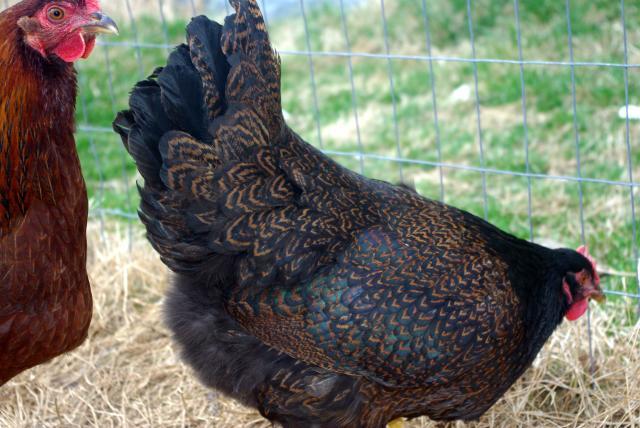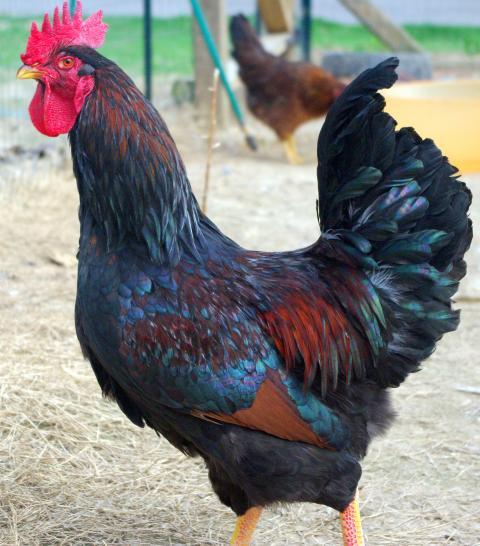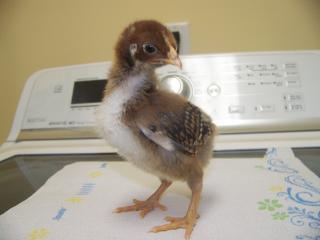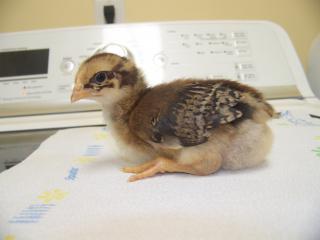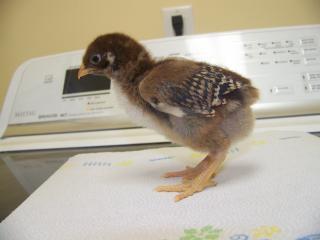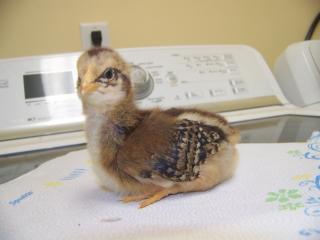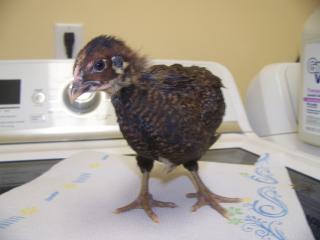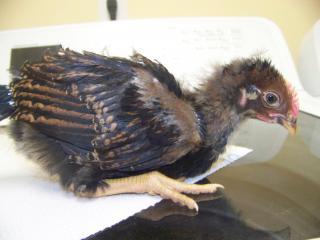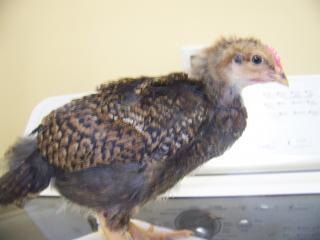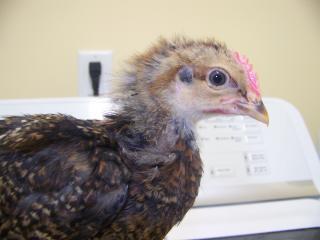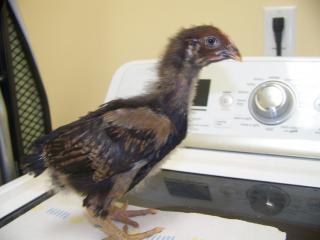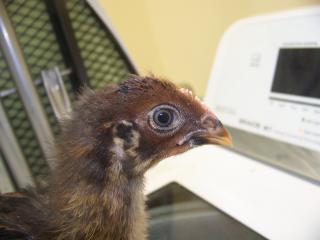Robert Blosl
Rest in Peace 1947-2013
Quote:
http://home.kpn.nl/briellae/serv01.htm
I saw your message and I feel your pain or fear. I have never seen such a breed of chickens untill about five years ago. A fellow had some on his place and I asked him why he had this breed. It was the color of egg that is why he wanted it.
As far as a standard or what they should like in type I have no clue. I typed in the name and found a site in Holland where they have some nice pictures and I am sure true to thier standards if shown.
Hope this helps you but when someone would ask me where they could get the best strain in the USA of this breed I would draw a blank. I know most top breeders in the USA. bob
http://home.kpn.nl/briellae/serv01.htm
I saw your message and I feel your pain or fear. I have never seen such a breed of chickens untill about five years ago. A fellow had some on his place and I asked him why he had this breed. It was the color of egg that is why he wanted it.
As far as a standard or what they should like in type I have no clue. I typed in the name and found a site in Holland where they have some nice pictures and I am sure true to thier standards if shown.
Hope this helps you but when someone would ask me where they could get the best strain in the USA of this breed I would draw a blank. I know most top breeders in the USA. bob



